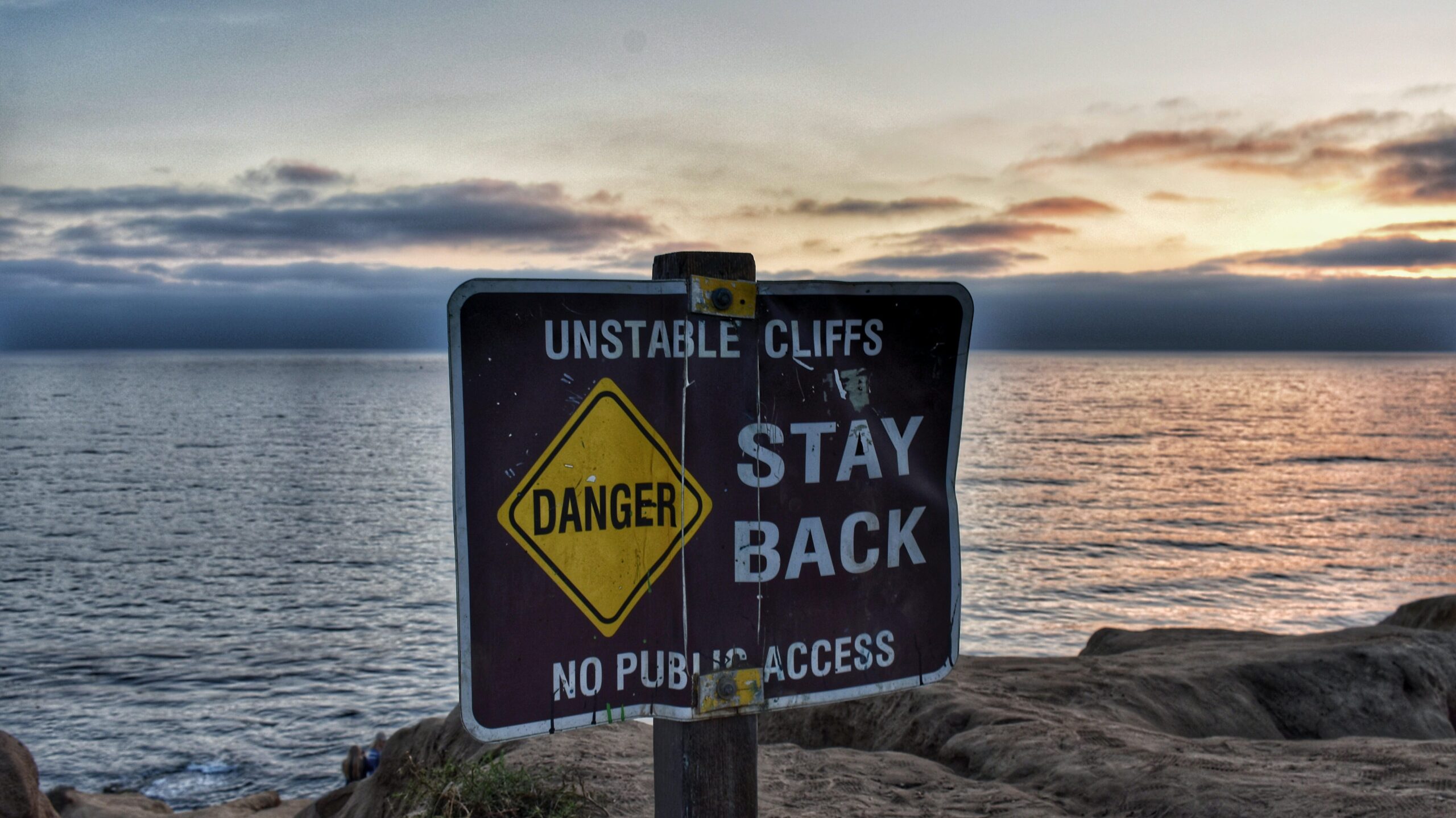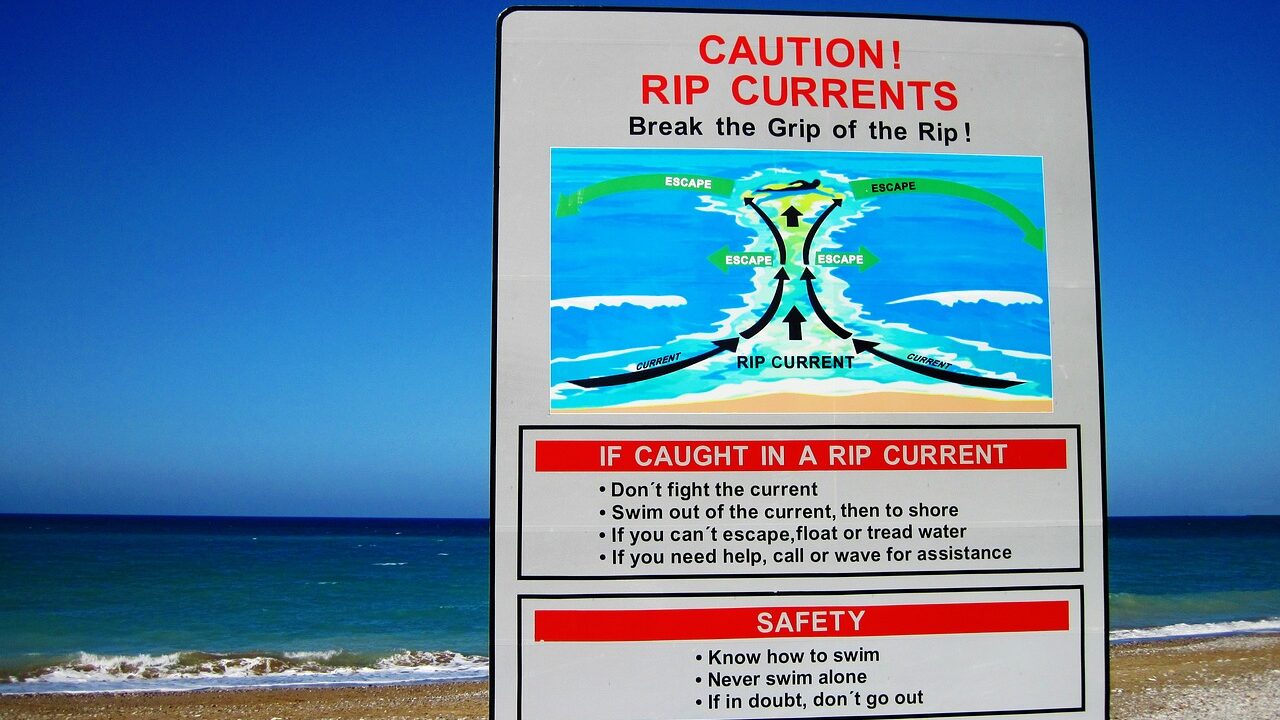
Table of Contents
Catch the perfect wave, and you’re on top of the world. But amid the rush and excitement of surfing, there’s a side that demands our attention – the risks of surfing. Picture the ocean’s power, the silent threat of rip currents, collisions with fellow surfers, and the dance with marine life beneath the surface.
In this exploration of surfing’s challenges, we’re unraveling the mysteries behind the thrill. From navigating powerful waves to understanding the dangers of shallow waters and rocky reefs, each aspect tells a story of the ocean’s complexities. As surf spots get busier, we’ll delve into the importance of surfing etiquette, ensuring a safer, more enjoyable experience for everyone.
Training is key in this art, and we’ll discuss the risks of surfing without proper guidance. Weather conditions can change the game, and we’ll help you make informed decisions when facing storm surges and unexpected shifts. It’s tempting to push your limits for the perfect wave, but overestimating your abilities comes with its dangers.
Safety gear is your shield in these waters – helmets and impact vests are not just accessories but essentials. And when the unexpected happens, emergency preparedness becomes your lifeline. Basic first aid skills, a buddy system, and knowing when to seek professional help ensure you can ride the waves with confidence and resilience.
Join us on this journey through the highs and potential risks of surfing, where understanding transforms risks into exhilarating, manageable feats.
1. Powerful Waves
Picture the adrenaline as you ride the perfect wave. But within this thrill lies a significant risk – the might of powerful waves. Navigating these surges demands not just skill but a deep understanding of wave dynamics. This section delves into the intricacies, unraveling the secrets behind the force that makes surfing electrifying. By gaining insight into wave dynamics, you can harmonize with the ocean’s power, turning potential challenges into exhilarating, manageable feats.
2. Rip Currents
Beneath the serene surface, rip currents pose a formidable threat. These narrow channels flowing seaward can catch even seasoned surfers off guard. Understanding the mechanics behind rip currents is essential for safe navigation. This section unveils the mystery surrounding rip currents, offering guidance on recognition and escape. Empowered with knowledge, you can approach the waves with confidence, reducing the risk of being ensnared by these hidden underwater currents.

3. Collision with Other Surfers
As surf spots get busier, collisions between surfers become a genuine concern. Here, we explore the challenges posed by crowded surf spots and underscore the vital role of surfing etiquette. Through an understanding of respectful practices and effective communication, you can ride the waves with minimized collision risks, fostering a safer, more enjoyable surfing experience for all.
4. Impact on Hard Surfaces
Venture into the shallows – where the ocean’s beauty meets potential danger. Shallow waters and rocky reefs pose a risk to surfers, especially in the break. This section unravels the potential injuries associated with collisions against hard surfaces. By acknowledging these risks, you can exercise caution, making informed decisions about when and where to ride the waves.
5. Marine Life Encounters
Beyond the surface, the ocean is teeming with life, both fascinating and, at times, hazardous. Stingrays, jellyfish, and sharks share these waters, occasionally crossing paths with surfers. While such encounters are relatively rare, understanding the potential risks is crucial. This section provides insights into minimizing the dangers of marine life interactions, allowing you to coexist harmoniously with the diverse inhabitants of the ocean.

6. Lack of Proper Training
Surfing is an art that requires skill and knowledge, yet many enthusiasts dive into the waves without adequate training. This section delves into the potential risks associated with a lack of proper training, emphasizing the importance of seeking guidance from professional instructors and attending surfing schools. By investing in education, you can develop the necessary skills to navigate the waves safely and responsibly.
7. Adverse Weather Conditions
As any seasoned surfer knows, the ocean is a dynamic environment influenced by ever-changing weather patterns. This section explores the risks associated with adverse weather conditions, such as storm surges and unexpected changes in weather. By developing a keen awareness of local weather forecasts and understanding the impact on wave conditions, you can make informed decisions, ensuring your safety while riding the waves.

8. Overestimating Personal Abilities
Surfing often entices enthusiasts to push their limits in pursuit of the perfect wave. However, overestimating one’s personal abilities can lead to precarious situations. This section delves into the dangers of taking on waves beyond your skill level and emphasizes the importance of knowing and respecting individual limitations. By maintaining a realistic assessment of your abilities, you can enjoy the thrill of surfing while minimizing the risk of encountering situations beyond your control.
9. Neglecting Safety Gear
Surfing without the proper safety gear is akin to navigating uncharted waters without a compass. This section stresses the significance of protective equipment, including helmets and impact vests. By embracing safety gear and adhering to regular equipment maintenance practices, you can create an additional layer of defense against potential injuries, ensuring a safer surfing experience overall.
10. Lack of Emergency Preparedness
As with any adventurous pursuit, being prepared for the unexpected is paramount in surfing. This section explores the importance of emergency preparedness in the surfing world. Basic first aid skills are essential for treating cuts, bruises, and minor injuries that may occur during a surf session. Surfing with a buddy system further enhances safety, providing mutual assistance in case of emergencies. Understanding when to seek professional medical help is crucial for addressing more severe injuries, ensuring you can enjoy the waves with confidence and resilience.
Conclusion | Risks of surfing
So, fellow wave riders, as we wrap up this exploration into the heart of surfing’s challenges, let’s remember that every exhilarating ride comes with its dance with risk. Picture the thrill of overcoming the ocean’s power, navigating through rip currents, and gracefully sharing the waves with marine life.
From the highs of catching powerful waves to the intricacies of avoiding rocky reefs, we’ve uncovered the tales that the ocean whispers to surfers. As our favorite surf spots become busier, let’s carry the torch of surfing etiquette to ensure each ride is not just a personal triumph but a shared joy.
Training is the compass guiding us through the waves, and as weather conditions shift, we’ll learn to read the signs, making every decision a well-informed one. It’s tempting to push our limits, but in doing so, we’ve explored the dangers of overestimating our abilities.
Now, let’s talk about our shields – helmets, impact vests, not just gear but trusted companions in this aquatic journey. And when the unexpected happens, our lifeline is woven with basic first aid skills, a buddy system, and the wisdom to seek professional help when needed.
So here’s to the highs, the risks, and the lessons learned in every wave. Join us in this ongoing journey where the understanding of challenges transforms risks into feats, and where the ocean becomes not just a playground but a teacher of resilience. May your surf always be thrilling, and your rides be stories to tell around the beach bonfire. Until the next wave, stay stoked and surf safe!
Curious about other water sports? Explore whether kitesurfing is dangerous in our insightful article.
